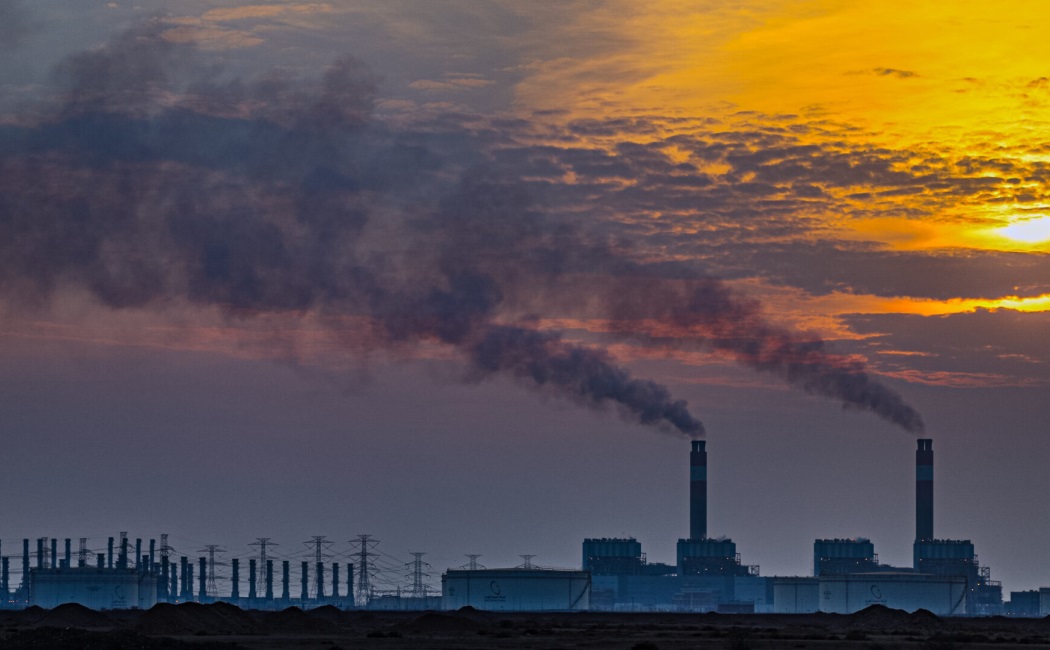
Sediments reveal core stressors on Red Sea ecosystems
06 February, 2024
Over the past 200 years, industrialization and population growth have fueled considerable environmental challenges worldwide, including global warming and increasing pollution levels. Now, using seabed sediment cores, KAUST researchers have demonstrated how human activities have dramatically influenced nutrient availability and metal deposits in the Red Sea over recent centuries.
“The lack of river input and low precipitation levels in the Red Sea mean that sources of materials in the seabed sediments originate only from biota and chemical precipitates. This is ideal for examining human impacts using sediment cores,” says Chunzhi Cai, Ph.D. candidate under the supervision of Susana Agusti. Both worked on the study with Antonio Delgado Huertas from the Instituto Andaluz de Ciencias de la Tierra, Armilla, Spain.
The Red Sea is one of the world’s warmest ocean basins and provides a valuable model for monitoring the impact of ocean warming. The researchers sampled cores from the deep seabed and analyzed the concentrations of 15 elements and their accumulation rates over the last 500 years.